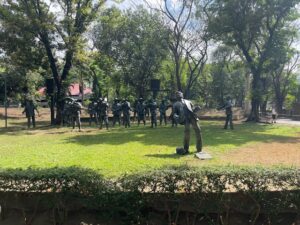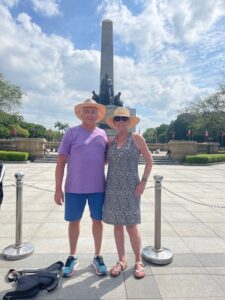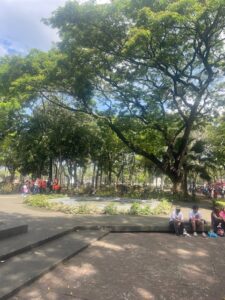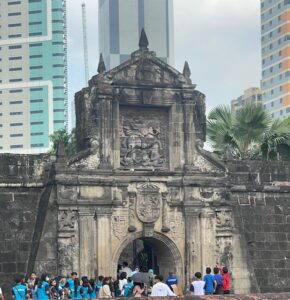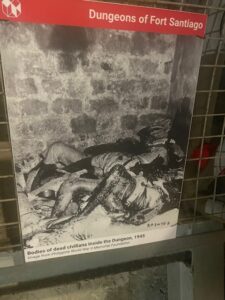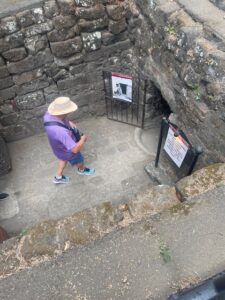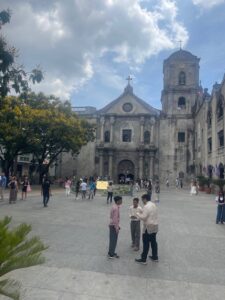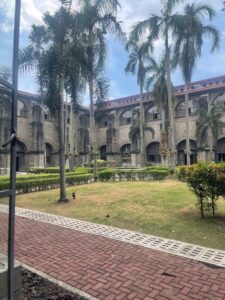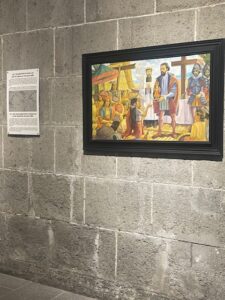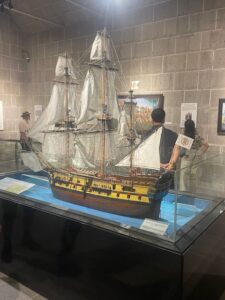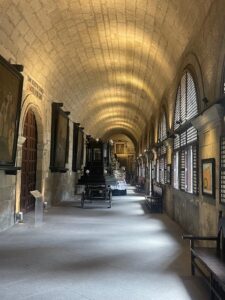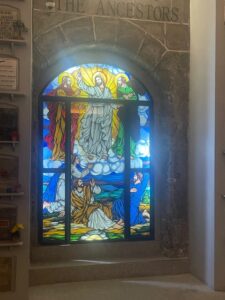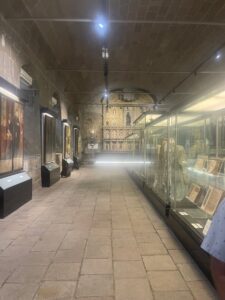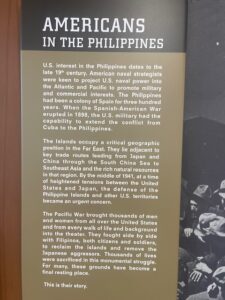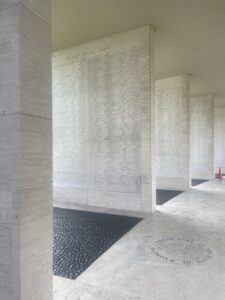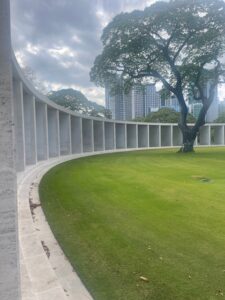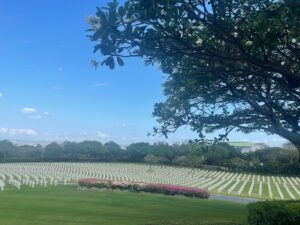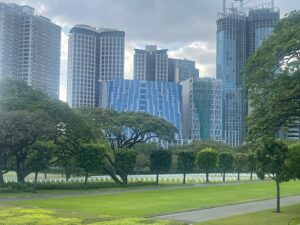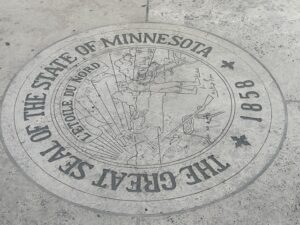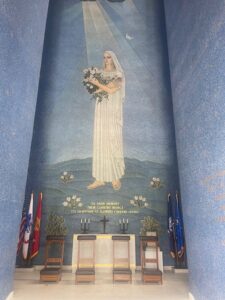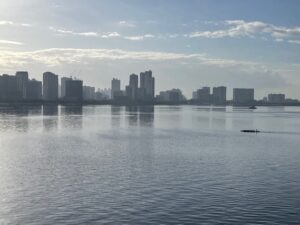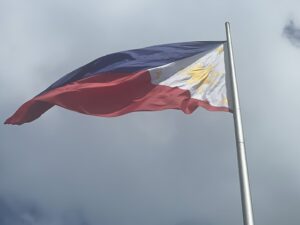
Manila, known as the “Pearl of the Orient”, is a densely populated (15 million people) bayside city on the island of Luzon which mixes Spanish colonial architecture with modern skyscrapers. The city was founded by the Spanish at the end of the 16th century, then conquered by the USA at the end of the 19th century, then occupied by the Japanese during WWII. On October 11, 1945, the Philippines became one of the founding members of the United Nations. On July 4, 1946, the Philippines was officially recognized by the United States as an independent nation through the Treaty of Manila between the governments of the US and the Philippine islands, during the presidency of Manuel Roxas. As of 2019, it is the world’s most densely populated city proper. Metropolitan Manila encompasses six cities and 12 towns. Located on Manila Bay in the South China Sea, and bisected by the Pasig River, the capital of the Philippines is historic and modern, rich and poor. A popular sight is the Intramuros, a walled area that was the capital during Spanish rule. Intramuros has retained old dungeons and gunpowder rooms but added art galleries and theatres. The city is filled with museums, shops, parks and churches, plus nightlife to last until dawn. As you can imagine, our one day here in Manila was spent by just scratching the surface of old and new Manila.
We started our guided tour in Old Manila. At Rizal Park, the remains of the country’s national hero, Dr. Jose Rizal, lies with in the Rizal Monument. It was a Saturday when we visited and there were MANY students on field trips enjoying the park and seeing the historically significant areas along with us.
Our next stop was the Intramuros, built during the Spanish colonial period. We saw Fort Santiago (the walled city), which served as headquarters of the military might of the Spanish, American and Japanese colonists until its destruction in 1945. We also saw San Agustin Church (over 450 years old), the oldest structure in the Philippines dating back to 1571.
We then were treated to what was advertised as a simple lunch at the Diamond Hotel. It was anything but…there were many stations of delicious food to choose from including Dim Sum, shell fish of every manner, local foods (such as adobo, pancit and lumpia) and a dessert bar that was incredible. Our tour guide insisted we try Maho Maho that was the equivalent of our milkshake in America but much lighter as it’s primary ingredient was crushed ice, fruit, rice, boba, and ice cream. It was absolutely fabulous.
Our last stop was at the American Memorial Cemetery, the largest and perhaps the most beautiful outside continental United States. It contains the largest number of graves of our military dead of WWII. There were some passengers on our tour looking for the grave of a loved one. They were escorted by those at the visitor center to his resting place and given a folder that marked his grave in an outline of the property. This included a thank you letter from the Filipino people thanking his family for his service. It was very overwhelming to see the vast majority of graves that were Americans that were lost in the WWII battle. There are nearly 17,000 graves on the property. Only 600 are Filipino soldiers and the rest Americans. 36,296 were never found and are memorialized on marble tablets that encircle the cemetery. Carved into the floors are the seals of the American states and its territories. Our guide had never had (in her 10 years of tours) family looking for a loved one. As we left the cemetery she felt compelled to honor that, by singing an acapella rendition of the Star Spangled Banner that was very well done. I don’t think there was a dry eye on the bus. Seeing the cemetery and hearing about the battle on a 20 minute video was something that I can’t begin to describe. So many Americans lost their lives in New Guinea and the Philippines and are memorialized in this beautiful place.
We were also able to see from our bus the Makati area, the financial and commercial center of Manila and the plush residential village of Forbes Park dubbed Millionaire’s Row as we drove down Roxas Boulevard by the fabled Manila Bay. Manila is a city that desperately needs infrastructure such as waste water treatment, urban planning and fiber optics to launch their society, more firmly, into the present. The traffic can turn a street into a parking lot and there are rules in place about driving in Makati on some days of the week and not others, according to your license plate number. After visiting many of these countries, Joe has decided that if he were to start a business anywhere over here it would be selling scooters. They are literally EVERYWHERE by necessity.
We enjoyed Manila and would like to have had a bit more time to discover more of its Chinatown, cuisine, local customs and shopping. If there is something negative to say about the cruise, which there hasn’t been much…is that you only experience a small amount of time in each port. This cannot possibly be fully representative of each city. On the other hand, we are seeing places we might not have otherwise traveled to on a single city agenda. Perhaps one day we will return.
